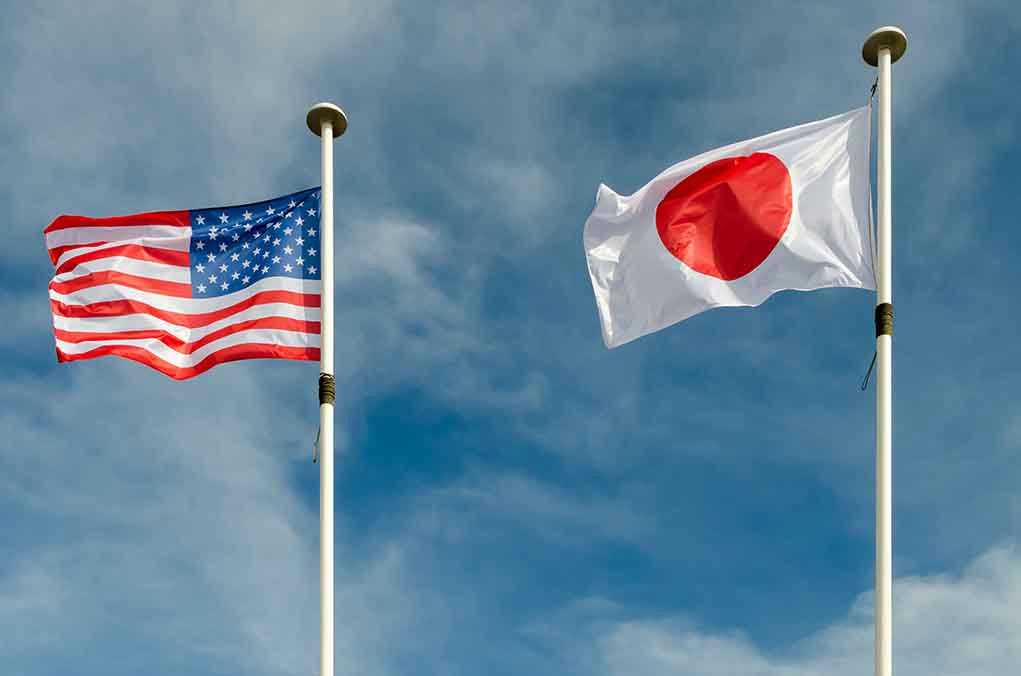
As the clock ticks down to August 1, the looming threat of a 25% tariff on all Japanese imports by the United States has both nations on edge, leaving many wondering how this high-stakes standoff will play out.
At a Glance
- The US is set to impose a 25% tariff on Japanese imports by August 1 unless a trade deal is reached.
- Japan, led by Prime Minister Shigeru Ishiba, faces domestic political pressure and declining approval ratings.
- US Treasury Secretary Scott Bessent is leading negotiations on behalf of President Trump.
- The trade dispute has historical roots in US-Japan economic relations, with past tensions over autos and electronics.
US-Japan Trade Tensions Escalate
The United States, under President Donald Trump, has threatened to impose a 25% tariff on all Japanese imports beginning August 1, 2025. This move follows months of negotiations spearheaded by Japan’s tariffs envoy, Ryosei Akazawa, and US Treasury Secretary Scott Bessent. Despite multiple meetings in Washington since April, the attempts to avert these tariffs have stalled. Japan has resisted US demands for agricultural concessions, while the US insists on addressing trade imbalances.
This bold stance by the US is part of a broader strategy to enforce reciprocal tariffs, not just with Japan but other trading partners as well. The Trump administration has justified the tariffs as a necessary measure to combat the ongoing US trade deficit, which they classify as a national emergency. The threat of tariffs has sent shockwaves through Japanese industries, particularly in the automotive and electronics sectors, which are heavily reliant on the US market.
Japan’s Domestic Struggles
In Japan, Prime Minister Shigeru Ishiba is grappling with significant domestic political challenges. With his approval ratings slipping and a critical upper house election on the horizon, Ishiba is under immense pressure to protect Japan’s economic interests. The tariffs pose a direct threat to major Japanese exporters, who are already lobbying the government for protection. If imposed, these tariffs could lead to higher prices for US goods in Japan, potentially sparking consumer backlash.
The political stakes are high for Ishiba, whose handling of this trade dispute could determine his political fate. While Japan is pushing for the removal of all tariffs, especially on autos and parts, the US remains steadfast in its demands. The lack of progress in negotiations has led Japan to send junior negotiators to recent meetings, indicating a stalemate and further complicating Ishiba’s position.
Potential Global Repercussions
The implications of these tariffs extend beyond Japan and the US. Should the tariffs be enacted, they could disrupt global supply chains, particularly in the automotive, electronics, and machinery sectors. Japanese manufacturers are already exploring ways to mitigate tariff exposure, which could lead to a realignment of supply chains away from the US. This shift could strain US-Japan relations and potentially undermine broader security and economic cooperation in the Asia-Pacific region.
Moreover, industry analysts and economists warn that reciprocal tariffs could trigger a broader trade war, with potential adverse effects on global economic growth. The current environment is more volatile than past US-Japan trade disputes, due in part to the interconnected nature of modern global supply chains. As other countries closely monitor the situation, the outcome could set new precedents for international trade policy.











